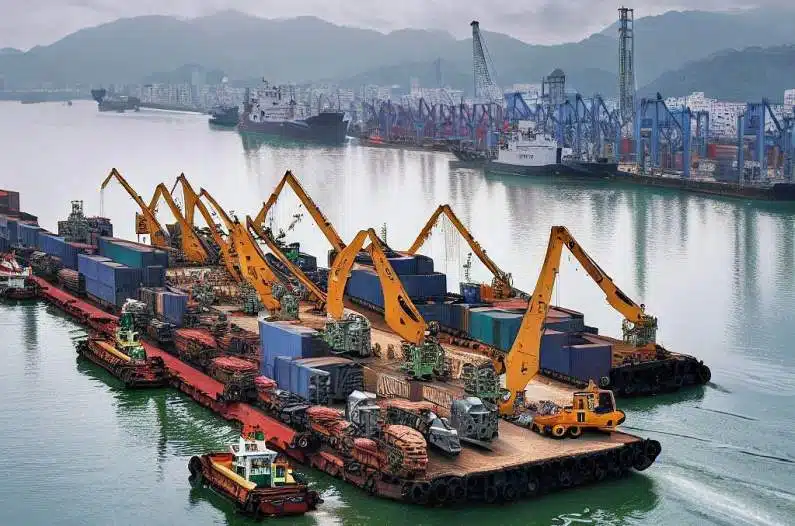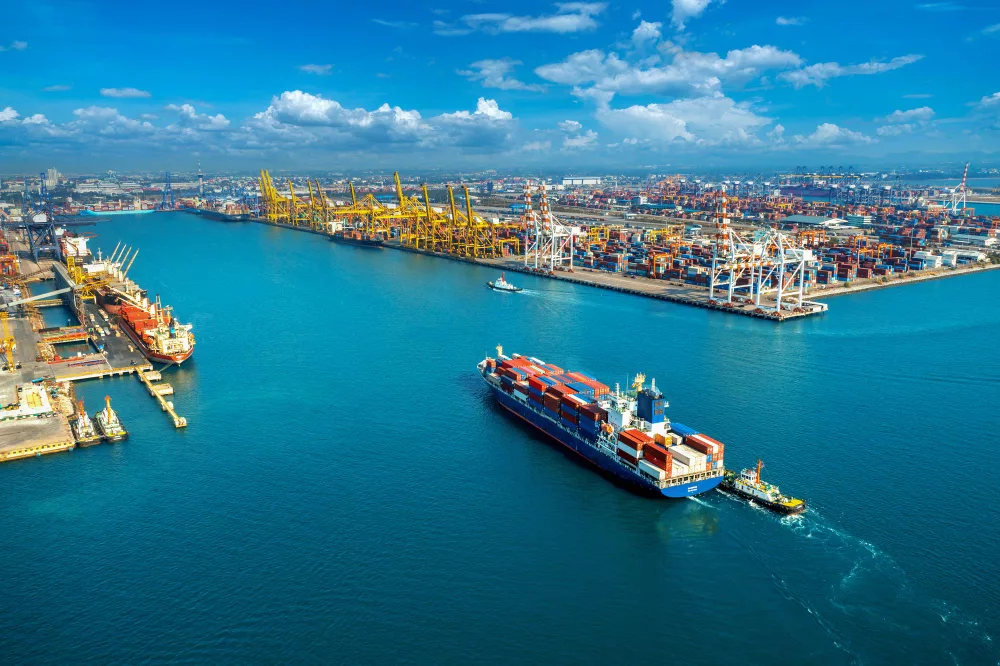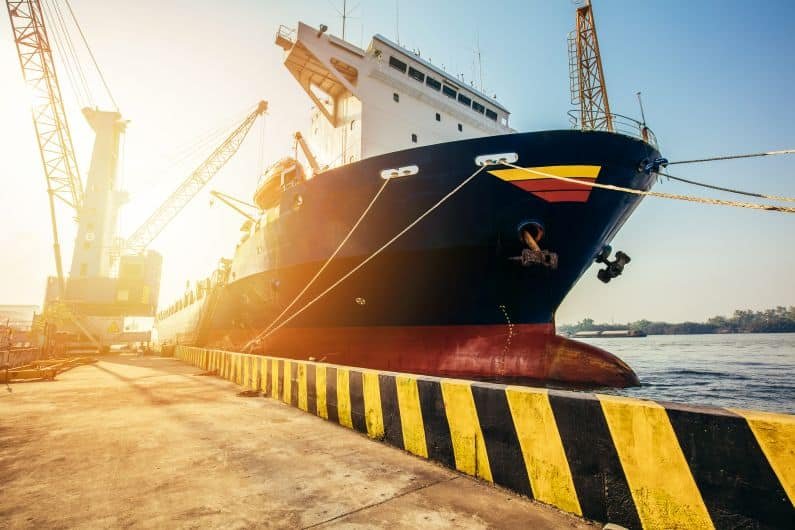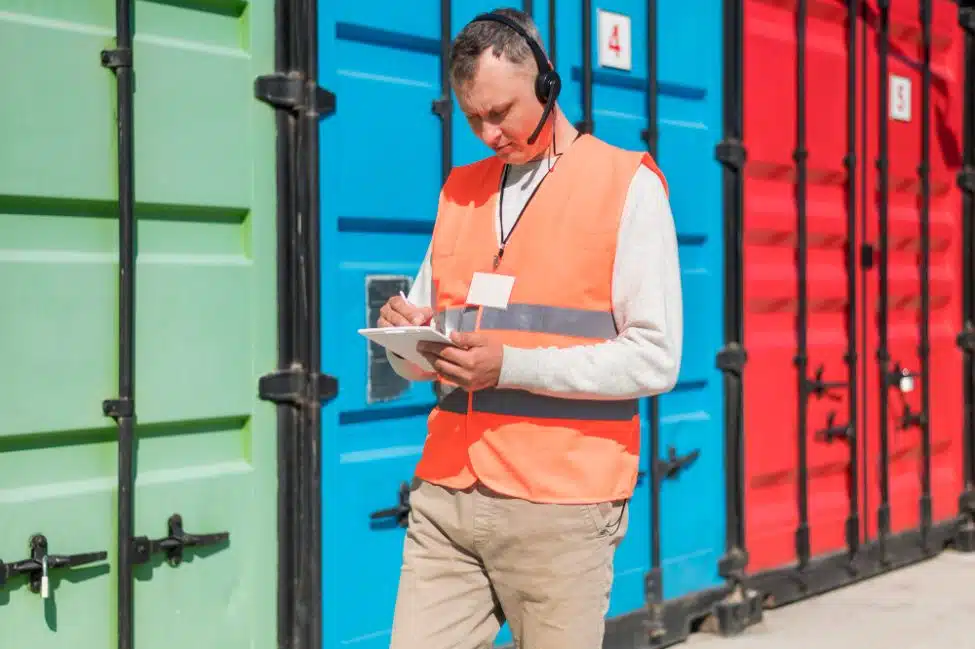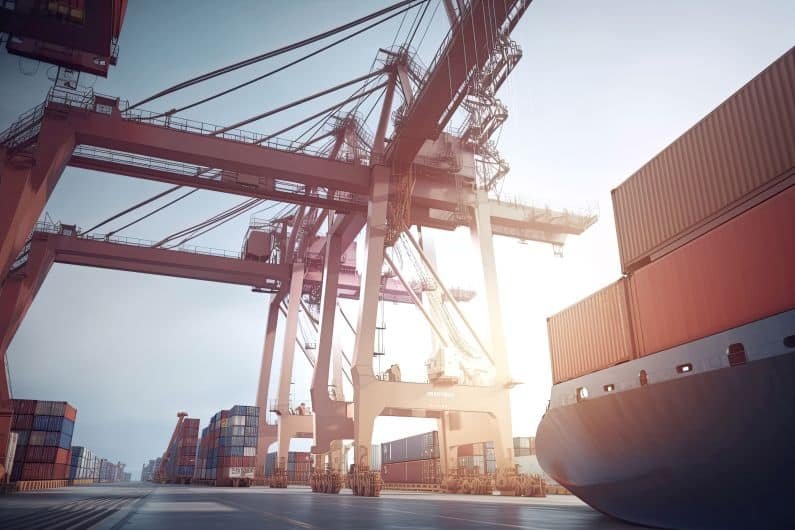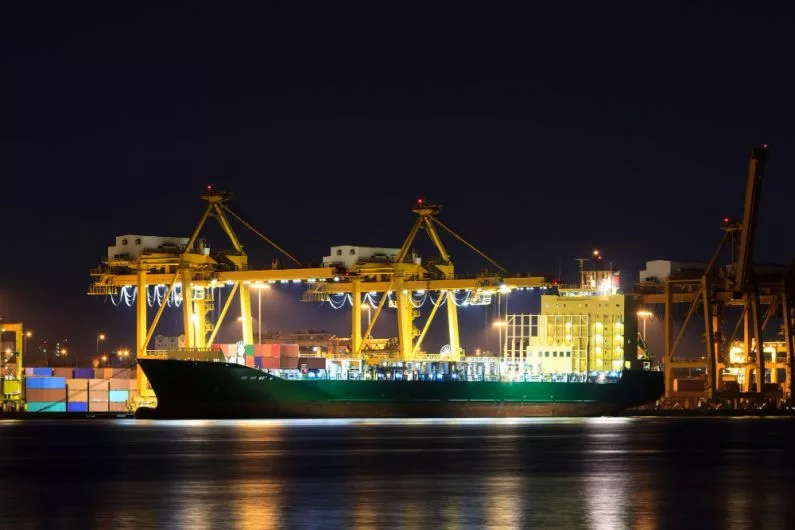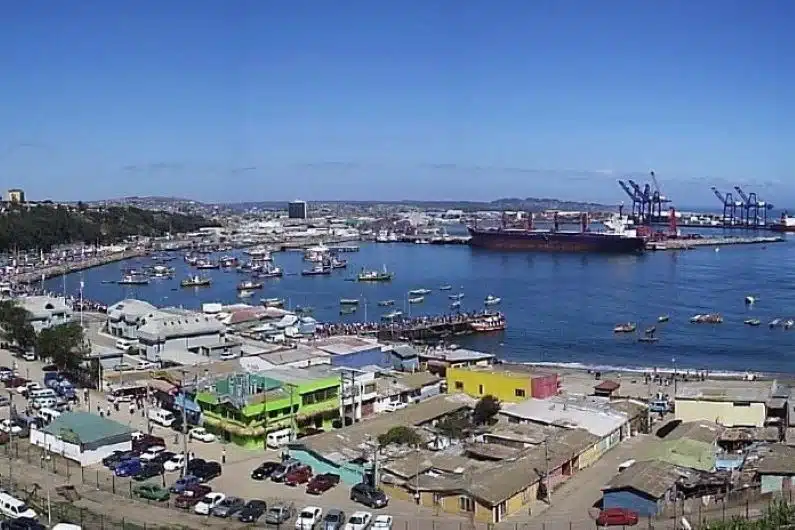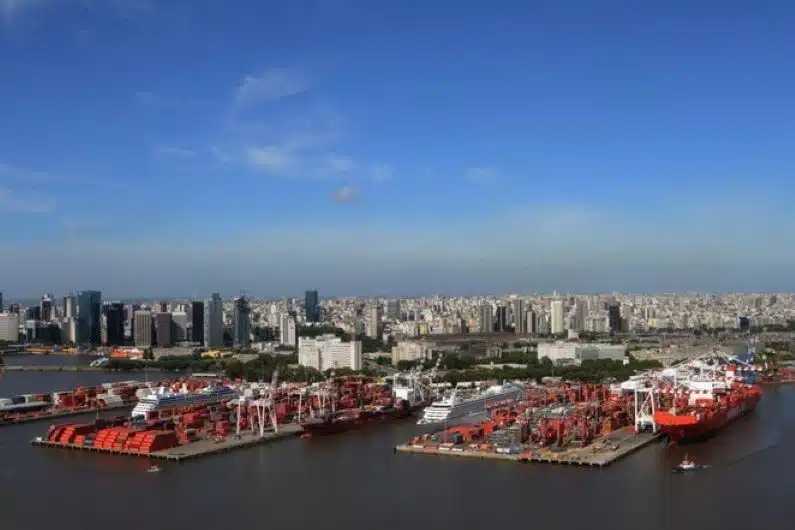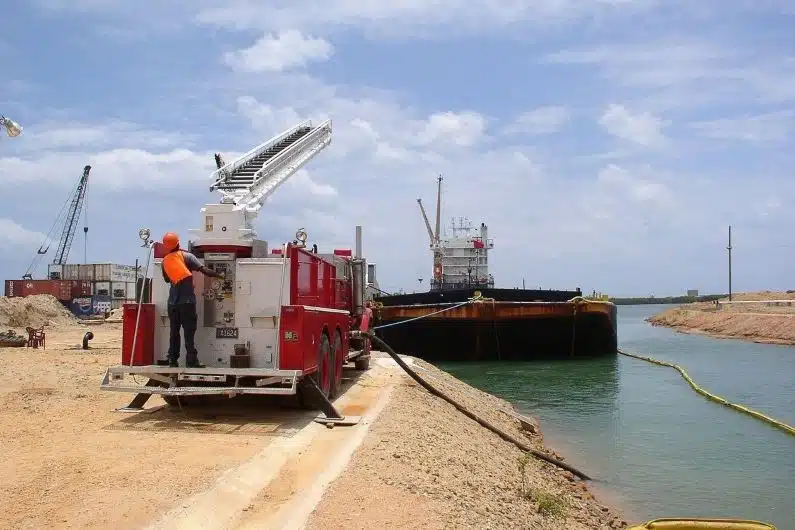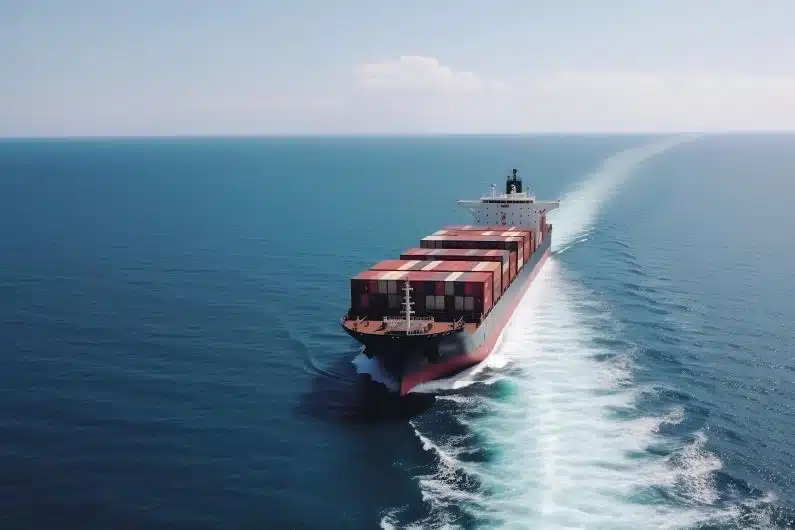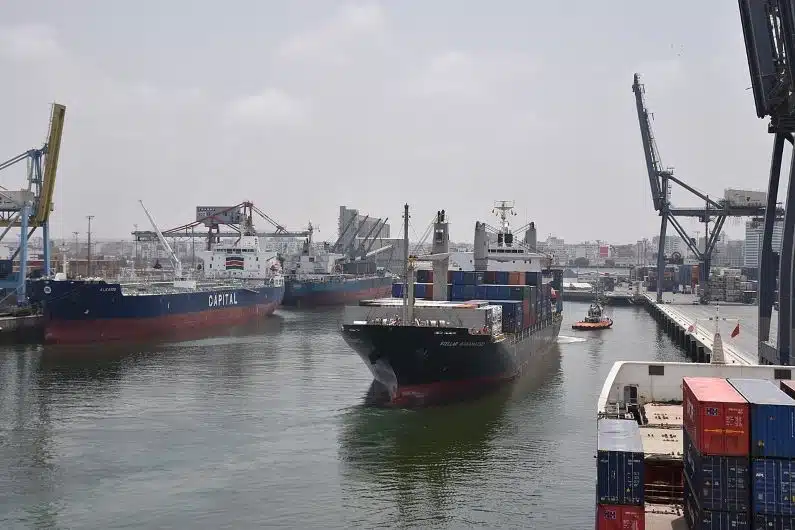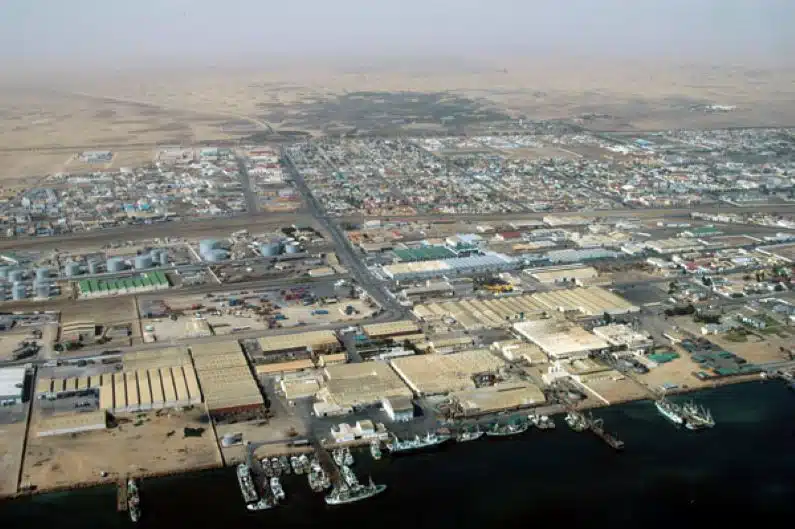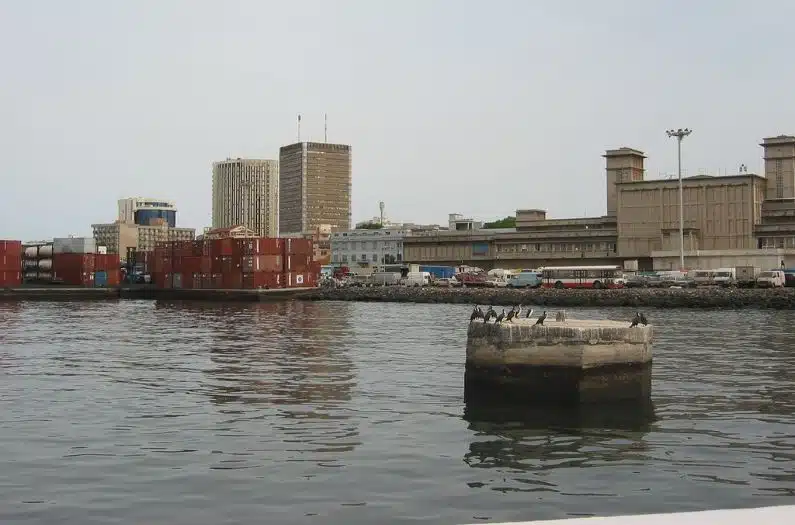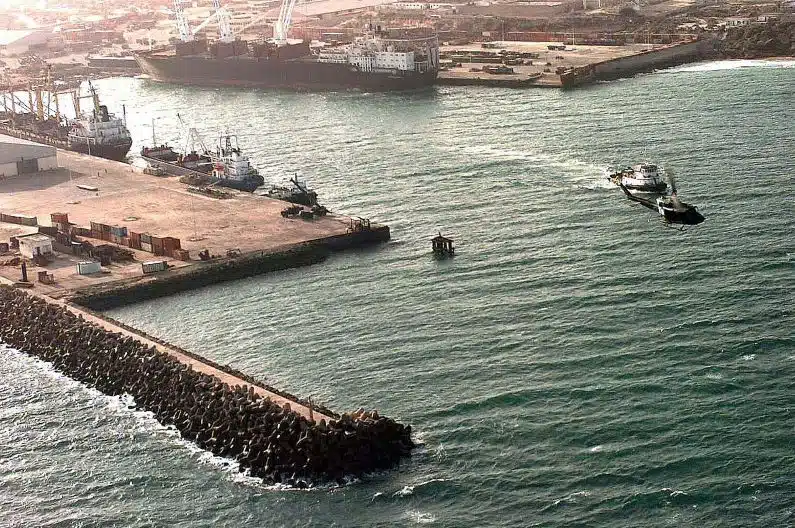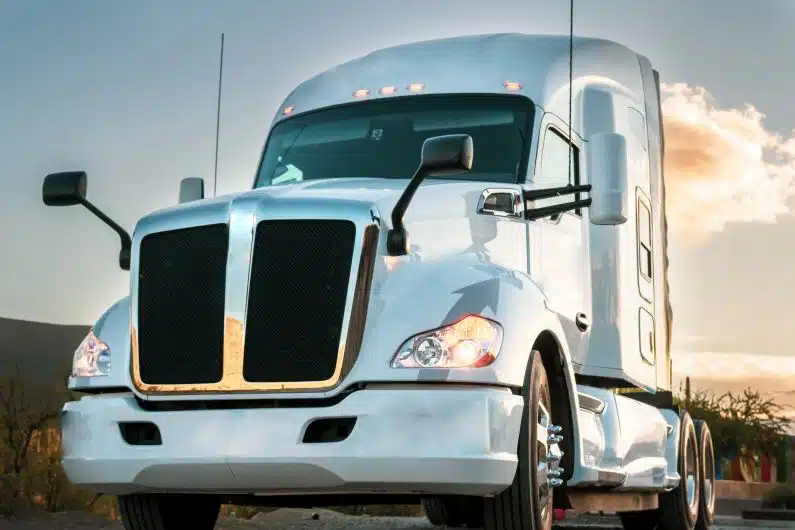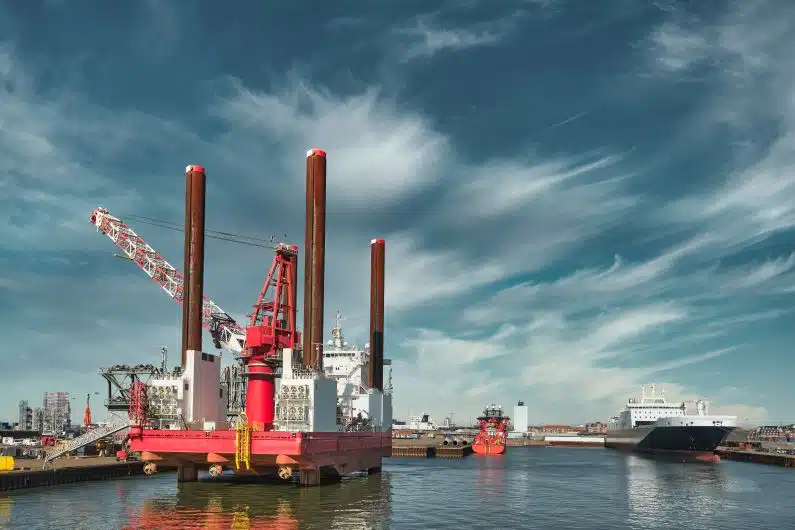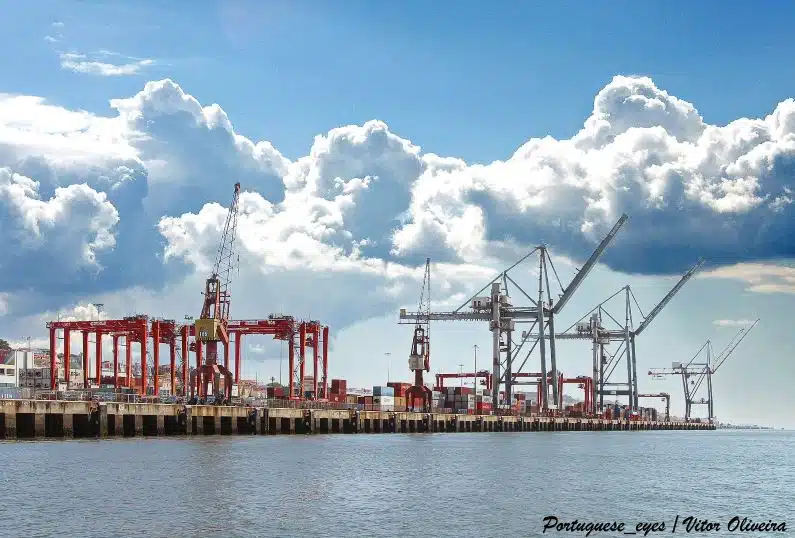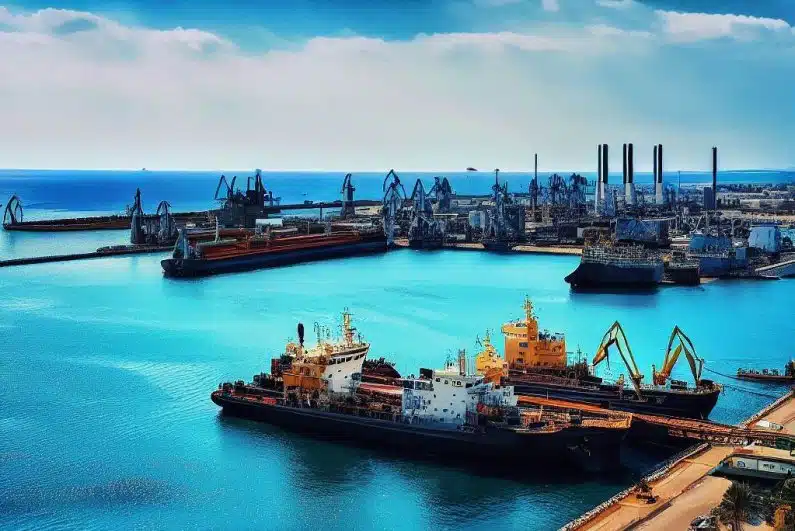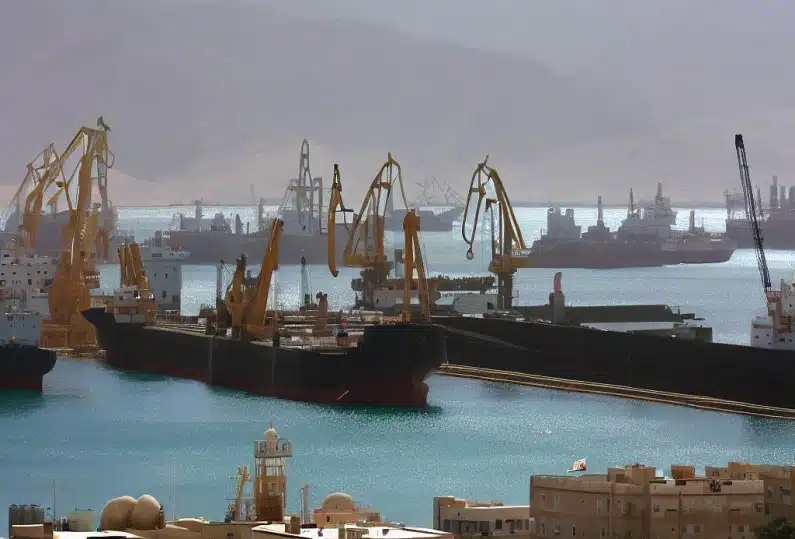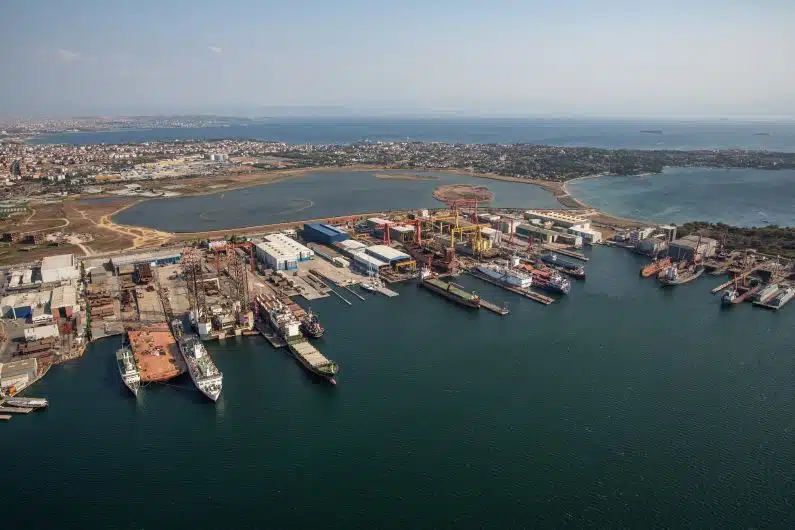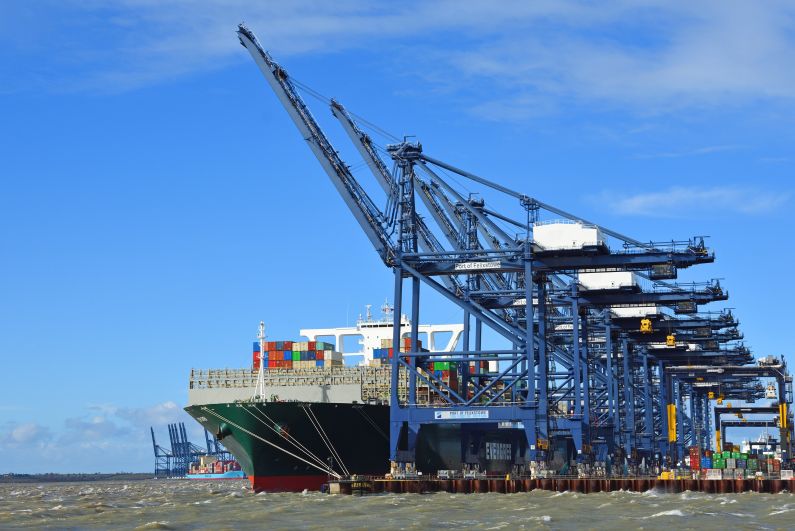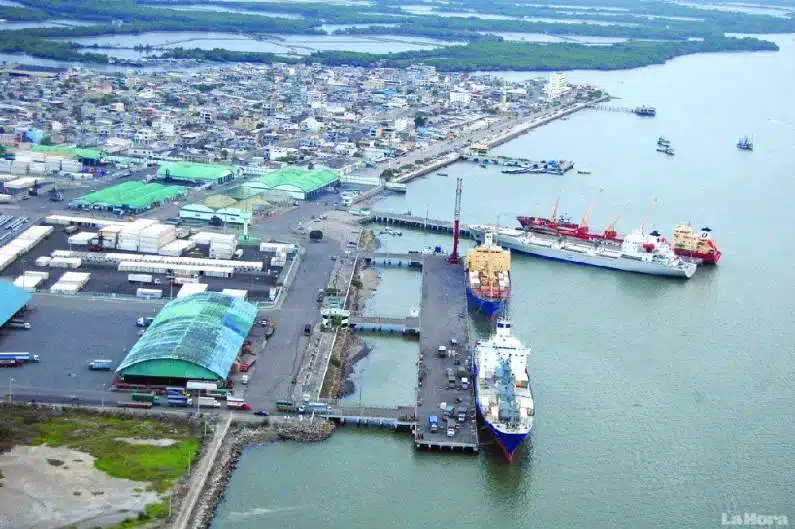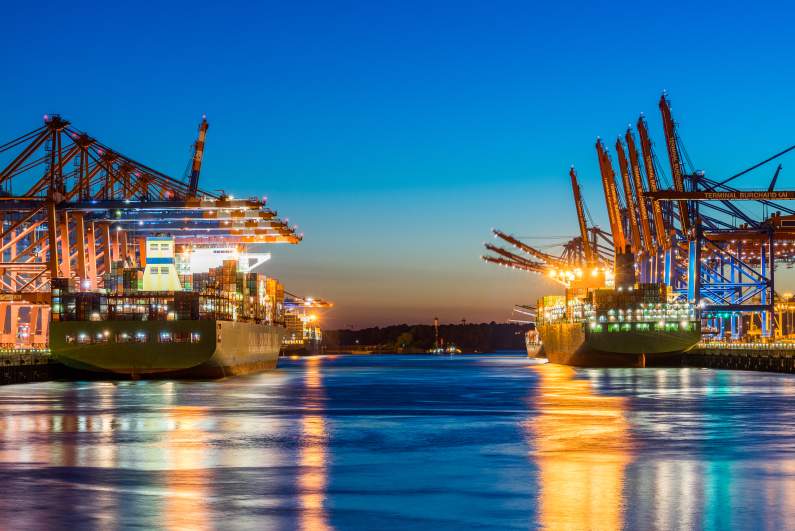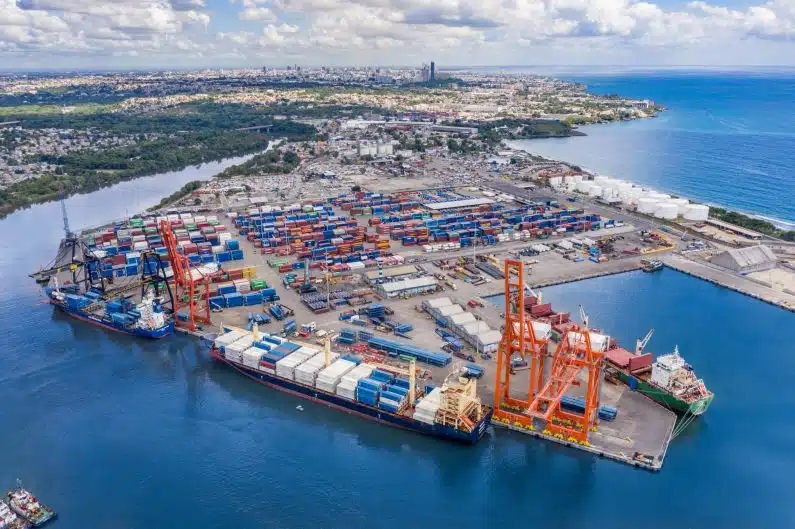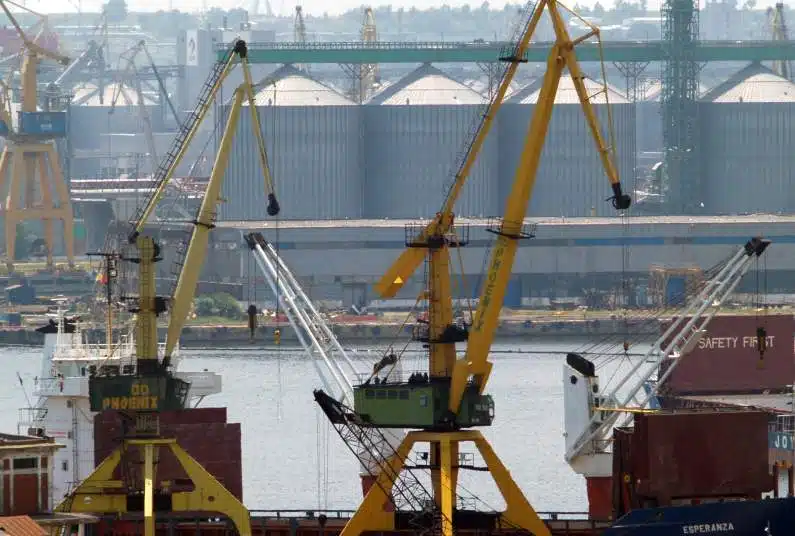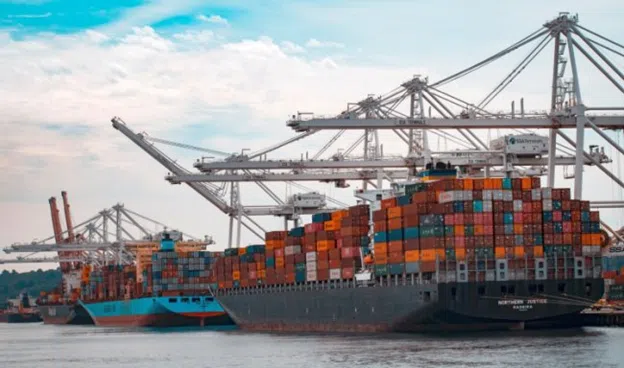Are you planning to ship goods to Vietnam? Whether you’re a business owner looking to expand your market or an individual relocating to this beautiful country, understanding the shipping process is crucial. Shipping to Vietnam involves various considerations, including customs regulations, shipping methods, and documentation requirements. In this comprehensive guide, we’ll walk you through the essential aspects of shipping to Vietnam, ensuring a smooth and hassle-free experience.
Shipping to Vietnam: An Overview
Shipping to Vietnam is an essential process that enables the transportation of goods within the country or from international origins. It serves as a crucial link in facilitating trade and connecting Vietnam to the global market. Whether you’re shipping personal belongings, commercial products, or goods for your e-commerce business, gaining a comprehensive understanding of the logistics and regulations will significantly enhance your efficiency throughout the shipping process.
Customs and Import Regulations in Vietnam
When shipping to Vietnam, it’s important to be aware of the customs regulations and import requirements set by the Vietnamese government. These regulations aim to control the flow of goods into the country and ensure compliance with local laws. Here are some key points to consider:
Dutiable and Restricted Items
Certain items are restricted or prohibited from entering Vietnam. Examples of restricted items include firearms, narcotics, and cultural artifacts. Additionally, some goods may require special permits or licenses, such as pharmaceuticals, chemicals, and food products. It’s essential to check the Vietnamese Customs website or consult with a shipping agent to determine if your goods are eligible for import.
Import Duties and Taxes
Import duties and taxes are applicable to goods entering Vietnam. The rates vary depending on the type of product and its declared value. It’s crucial to accurately declare the value of your goods to avoid penalties or delays in customs clearance. Working with a knowledgeable customs broker can help you navigate the complex duty and tax structures and ensure compliance with Vietnamese customs regulations.
Shipping Methods to Vietnam
When shipping goods to Vietnam, you have various transportation options to choose from. The choice of shipping method depends on factors such as urgency, budget, and the nature of the goods being transported. Here are the most common shipping methods to Vietnam:
Air Freight
Air freight is the fastest shipping method, ideal for time-sensitive shipments. It’s often used for high-value or perishable goods that require expedited delivery. While air freight can be more expensive compared to other methods, it offers speed and reliability, ensuring your goods reach Vietnam quickly and efficiently.
Sea Freight
Sea freight is a popular choice for shipping larger quantities of goods to Vietnam. It’s a cost-effective option, particularly for bulky or heavy cargo. However, sea freight generally has a longer transit time compared to air freight. If you have a flexible delivery schedule and are shipping large volumes, sea freight can be an excellent choice.
Land Freight
Land freight is primarily used for shipping goods between Vietnam and neighboring countries. It’s an option for cross-border trade and can be a cost-effective solution for goods transported overland. Land freight is commonly used for trade with China, Laos, and Cambodia.
Documentation and Paperwork
Shipping to Vietnam requires proper documentation and paperwork to ensure smooth customs clearance. Failing to provide the necessary documents can result in delays or even the rejection of your shipment. Here are some essential documents you may need:
Commercial Invoice
A commercial invoice is a detailed document that provides information about the goods being shipped, including their value, quantity, and a description of the items. It serves as proof of the transaction between the buyer and seller and is required for customs clearance.
Bill of Lading (B/L)
A bill of lading is a contract between the shipper and the carrier that acknowledges the receipt of the goods for shipment. It serves as a receipt and a title of ownership, allowing the carrier to transfer the goods to the designated recipient upon arrival in Vietnam.
Packing List
A packing list provides detailed information about the contents of each package in a shipment. It includes the quantity, weight, dimensions, and a description of the goods. Having an accurate packing list helps customs officials verify the contents of the shipment and ensures transparency in the import process.
Import Licenses and Permits
Certain goods require import licenses or permits to enter Vietnam. These licenses are obtained from the relevant government agencies and serve as authorization for importing specific products. Examples of goods that may require licenses include pharmaceuticals, chemicals, and food products. It’s essential to obtain the necessary permits before shipping such goods to Vietnam.
Conclusion
Shipping to Vietnam requires careful planning and adherence to customs regulations. By familiarizing yourself with the import requirements, choosing the appropriate shipping method, and ensuring accurate documentation, you can navigate the shipping process smoothly. Remember to consider factors such as transit time, cost, and the nature of your goods when selecting a shipping method. If you have any specific questions or concerns, it’s always beneficial to consult with shipping experts or customs brokers for personalized guidance. Happy shipping to Vietnam!
Shipping to Vietnam FAQ
- Q: What are the shipping restrictions for personal belongings to Vietnam?
- A: When shipping personal belongings to Vietnam, you are allowed to bring used items for personal use duty-free. However, there may be restrictions on certain items such as electronics or luxury goods. It’s advisable to check with Vietnamese customs for specific regulations.
- Q: Can I ship perishable goods to Vietnam using air freight?
- A: Yes, air freight is a suitable option for shipping perishable goods to Vietnam. It ensures faster delivery and helps maintain the freshness and quality of the products.
- Q: Are there any prohibited items for import in Vietnam?
- A: Yes, Vietnam has a list of prohibited items that cannot be imported. These include narcotics, weapons, explosives, and certain cultural artifacts. It’s important to familiarize yourself with the prohibited items to avoid any legal issues.
- Q: How long does it take to ship goods from the United States to Vietnam by sea?
- A: The transit time for sea freight shipments from the United States to Vietnam can vary depending on factors such as the port of departure and destination. On average, it can take approximately 20-30 days for a sea freight shipment to reach Vietnam.
- Q: Do I need a customs broker to ship goods to Vietnam?
- A: While it’s not mandatory to hire a customs broker, it’s highly recommended. Customs brokers have in-depth knowledge of Vietnamese customs regulations and can assist with documentation, customs clearance, and ensuring compliance with import requirements.
- Q: Are there any restrictions on shipping electronic devices to Vietnam?
- A: Vietnam has specific regulations on the import of electronic devices, particularly mobile phones and tablets. These devices need to be registered with the Vietnamese Telecommunications Authority (VNTA). It’s advisable to consult with a shipping agent or customs broker to ensure compliance with the registration process.

